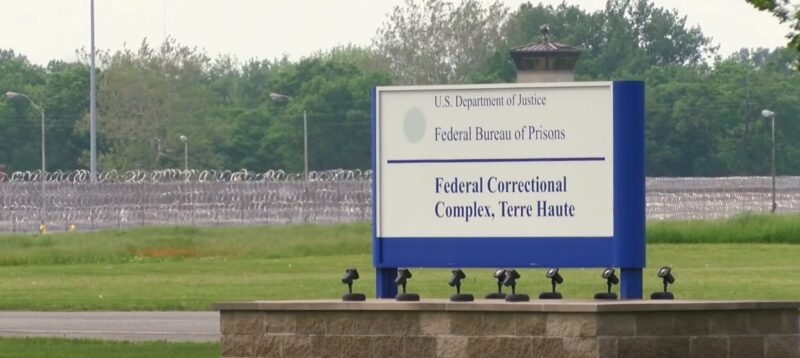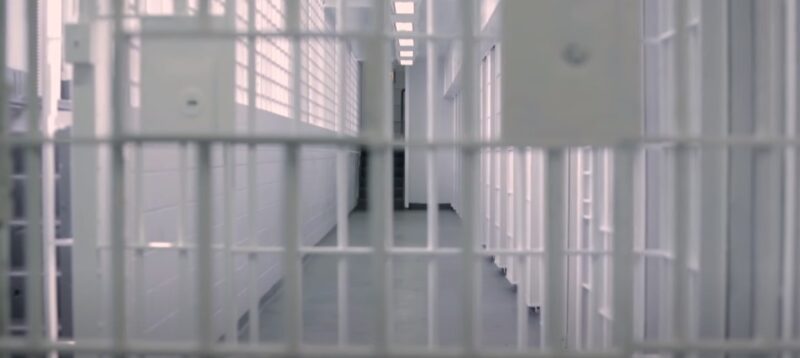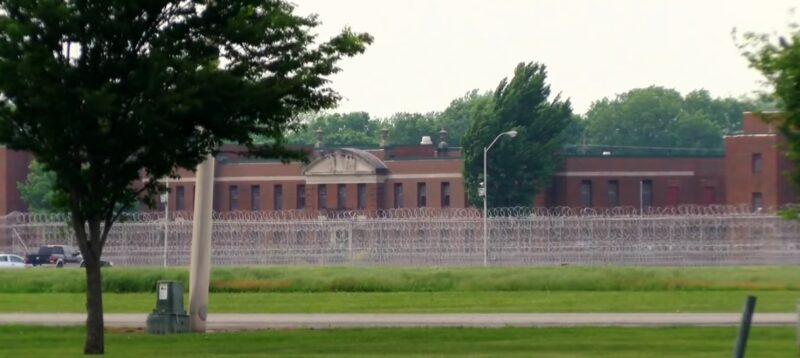Having extensive knowledge in law, I have dedicated countless hours to thoroughly examining the intricacies of the American justice system. Over the years, I’ve seen the system grapple with numerous challenges, many of which are deeply rooted in systemic issues that have persisted for decades. One piece of legislation that has emerged as a beacon of hope in this landscape is the First Step Act.
Signed into law in 2018, the First Step Act represents a significant stride toward addressing some of the systemic issues plaguing the American federal prison system. Its aim is not just to reform, but to transform – to shift the focus from punitive justice to rehabilitative justice, and in doing so, to reduce recidivism and create a more equitable justice system.
In this article, we will delve into the intricacies of the First Step Act, exploring its key provisions, its impact on the justice system, and its potential to empower change. Whether you’re a legal professional, a policy enthusiast, or simply a concerned citizen, this comprehensive analysis will provide valuable insights into this landmark piece of legislation and its role in shaping the future of American justice.
Understanding the First Step Act
The First Step Act, or the Formerly Incarcerated Reenter Society Transformed Safely Transitioning Every Person Act, is a bipartisan criminal justice bill signed into law by President Donald Trump on December 21, 2018. This legislation aims to reform the federal prison system and reduce recidivism, the tendency of a convicted criminal to re-offend.The Act’s primary objectives include:
- Sentencing reforms: The Act reduces mandatory minimum sentences for certain non-violent drug offenses and eliminates the “three strikes” life sentencing provision for some offenses.
- Prison reforms: It promotes inmate participation in vocational and rehabilitative programs, which can earn them credits to reduce their sentence.
- Improved prison conditions: The Act mandates better living conditions for inmates, such as prohibiting the use of restraints on pregnant prisoners and ensuring inmates are placed in facilities closer to their families.
Impact on the Justice System

The First Step Act has had a profound effect on the U.S. justice system, particularly in three key areas:
Sentencing Disparities
The Act addresses the longstanding issue of sentencing disparities, particularly those related to drug offenses. It retroactively applies the Fair Sentencing Act of 2010, which reduced the disparity between crack and powder cocaine offenses. This change has led to the release or sentence reduction of thousands of individuals who were serving disproportionately long sentences.
Prison Population
The First Step Act has contributed to a reduction in the federal prison population. By promoting earned time credits through participation in rehabilitative programs, it incentivizes inmates to engage in activities that reduce their likelihood of reoffending, thereby shortening their sentences and reducing overall prison populations.
Recidivism Rates

By focusing on rehabilitation rather than punishment, the First Step Act aims to reduce recidivism rates. The Act’s emphasis on vocational training, education, and substance abuse treatment equips inmates with the skills and resources they need to successfully reintegrate into society, reducing the likelihood of reoffending.
The Road Ahead
While the First Step Act represents a significant move towards justice reform, it is just that – a first step. Critics argue that the Act doesn’t go far enough, as it only applies to federal prisons, which house a small fraction of the total U.S. prison population. Additionally, the Act doesn’t address other pressing issues, such as cash bail reform, police reform, or the decriminalization of certain substances.
However, the First Step Act has set a precedent for future reforms. It has shown that bipartisan agreement on criminal justice reform is possible, paving the way for more comprehensive changes in the future.
Expanding on Sentencing Reforms
The First Step Act has made significant strides in addressing sentencing disparities, particularly in relation to drug offenses. One of its most impactful provisions is the reduction of mandatory minimum sentences.
Mandatory minimums have long been criticized for their role in mass incarceration and for disproportionately affecting minority communities. By reducing these sentences for certain non-violent drug offenses, the First Step Act has begun to address these issues.
Another important provision is the elimination of the “three strikes” rule, which mandated life imprisonment for individuals convicted of three or more serious violent felonies or drug offenses. This rule has been replaced with a 25-year sentence, a change that could significantly reduce the number of people serving life sentences in federal prisons.
Delving into Prison Reforms

The First Step Act’s prison reforms are designed to improve conditions for inmates and reduce recidivism rates. The Act mandates that federal inmates be housed in facilities within 500 miles of their families, a change that could significantly improve inmates’ mental health and post-release outcomes.
The Act also prohibits the use of restraints on pregnant prisoners during childbirth, a practice that has been widely criticized as inhumane. This provision represents a significant step towards improving conditions for female inmates.
Perhaps most importantly, the Act promotes inmate participation in vocational and rehabilitative programs. These programs are designed to equip inmates with the skills they need to successfully reintegrate into society and reduce their likelihood of reoffending.
The First Step Act in Context

While the First Step Act represents a significant move toward criminal justice reform, it’s important to remember that it is just one piece of a much larger puzzle. The Act only applies to federal prisons, which house less than 10% of the U.S. prison population. This means that the vast majority of inmates in the U.S. are not directly affected by the Act’s provisions.
Furthermore, the Act does not address many other pressing issues in the justice system, such as cash bail reform, police reform, or the decriminalization of certain substances. These issues will require further legislative action to address.
Wrapping Up
The First Step Act is a landmark piece of legislation that has begun to reshape the landscape of the American justice system. Addressing sentencing disparities, reducing prison populations, and focusing on rehabilitation over punishment, represent a significant move toward a more equitable and effective justice system.
While there is still much work to be done, the First Step Act serves as a powerful reminder that change is possible. As we continue to push for further reforms, we can look to the First Step Act as a beacon of progress in our ongoing pursuit of justice.
